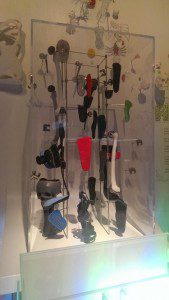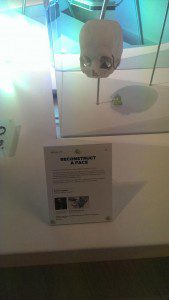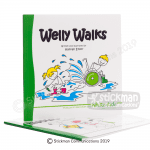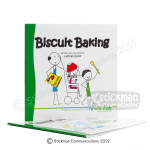3D Printing: How might it help disabled people?
3D Printing: How might it help disabled people?
3D printing is a revolutionary new development which has unfortunately been in the news for the wrong reasons. However when it’s looked at critically it can only be a positive move for the world’s technological and even medical industries. 3D printing can revolutionise the lives of millions of disabled people through some of its many applications.
3D: Printing the Future
The Science Museum, London has an ongoing exhibition – 3D: printing the future which looks at all the innovative ways of utilising this technology for the benefit of mankind. It showcases the power and versatility offered by 3D printing equipment and the collection includes over 600 printed objects. Some are little more than a bit of fun whilst others could genuinely be life changing.
This exhibition shows how innovative technologists and medical technicians are able to turn data into 3D printed objects which could have life changing impact. The exhibition focuses mainly on the future of modern industry, medicine and how 3D shopping could change your everyday shopping experience. Here we’re looking at some of the ways 3D printing is already being used for the benefit of people around the world.
3D Printing for Disabled People
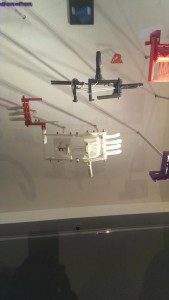 Hundreds of disabled people have already been helped by 3D printed products. It has the potential to make the clinical, ugly assistive equipment more personalised and part of the person rather than an unmatched addition. This is only the beginning however and below we’re looking at the practical applications of 3D printing for disabled people.
Hundreds of disabled people have already been helped by 3D printed products. It has the potential to make the clinical, ugly assistive equipment more personalised and part of the person rather than an unmatched addition. This is only the beginning however and below we’re looking at the practical applications of 3D printing for disabled people.
3D Printed Prosthetics
The Nemours Biomedical Research facility at the Alfred duPoint Hospital for Children in Wilmington researched and developed a unique durable exoskeleton. This exoskeleton was made through 3D printing and it was able to be fitted to a child, Emma Lavelle, who had previously been unable to raise her arms or use her legs. As this video shows the WREX exoskeleton has revolutionised her life:
Further examples of the 3D printing of prosthetics can be found in Europe. An elderly woman was able to have her jaw replaced, based upon a 3D printed model of her lower mandible. The woman had unfortunately had her jaw removed due to an infection and was considered very high risk due to her age and related factors. The researchers from Belgium and Holland were able to utilise 3D printing to develop a unique jaw replacement for this lucky patient, who was able to speak and swallow normally within a single day of the operation.
3D Printed Organs
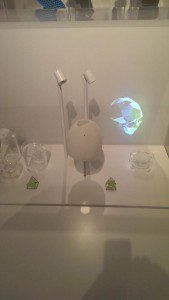 There are recorded cases where 3D printing has been used to print organs built from the patient’s own body cells. There is scope that this could revolutionise the organ donation network and whilst there are thousands of people waiting for donations another method of replacing organs really is much needed.
There are recorded cases where 3D printing has been used to print organs built from the patient’s own body cells. There is scope that this could revolutionise the organ donation network and whilst there are thousands of people waiting for donations another method of replacing organs really is much needed.
Using 3D printing a doctor at Wake Forest’s Regenerative Medicine Department (North Carolina) was able to develop artificial scaffolds in the shape of an organ with living cells. The department is now working towards developing printing equipment that can print these scaffolds and living cells simultaneously. The doctor in question, Dr Anthony Atala, has presented a TED Talk on the subject.
Other Applications
The benefits of 3D Printing for disabled people doesn’t necessarily have to be medical. There have been developments of an educational and entertainment based nature which strive towards inclusion. There have been developments of 3D printer equipment for mathematics and science study for the partially sighted, with graphs and data being accessible in a way that has never been possible before.
Equally others have been able to utilise 3D printing to build custom game controllers to support people living with physical disabilities and enhance their gaming experiences. Many different people have shown their home-developed game controllers simply through utilising 3D printing equipment and this is something which really could revolutionise people’s daily life.
There are 3D printed utensils designed to help people with fine motor difficulties and 3D printing is also allowing people who may not have been able to afford a prosthetic to build their own with the support of their families and friends.
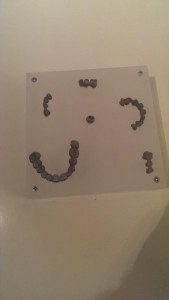 Technology can be harnessed to work towards inclusivity and with 3D printing gaining steam on a daily basis it’s clear it’s something everybody should take note of.
Technology can be harnessed to work towards inclusivity and with 3D printing gaining steam on a daily basis it’s clear it’s something everybody should take note of.
The Science Museum London’s insightful exhibition is accessible between 10am and 6pm every day, except over Christmas, until 15th June 2014. It gives you the chance to see this astounding technology in action and take a closer look at some of its applications.

